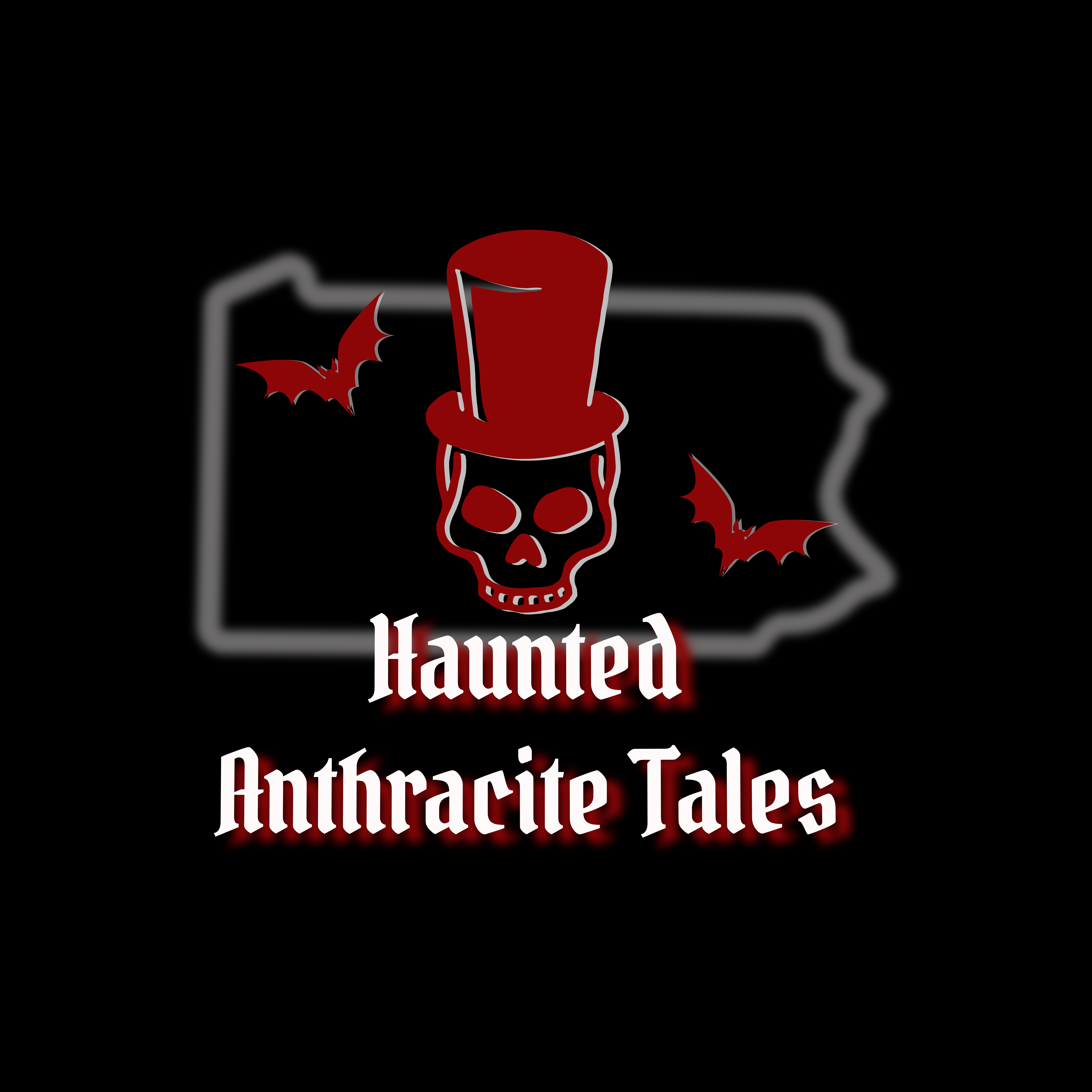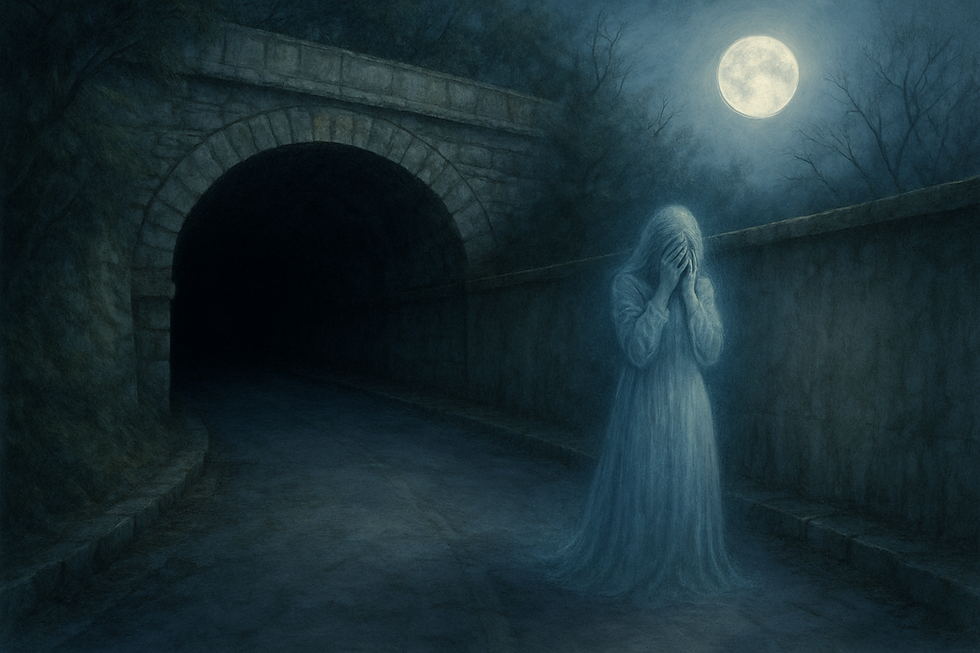The Dullahan - Ireland's Diabolical Headless Horseman
- Haunted Anthracite Tales

- Mar 2, 2023
- 4 min read

In 1820, American readers were first introduced to a supernatural villain who has been inducing nightmares and restless sleeps for over two centuries. Washington Irving crafted a tale of a hired mercenary brought to American soil by the lure of money and the love of carnage. This tale paved the way for the most iconic horseman without a head in American history.
As we all know from the legend, fighting was raging on as American underdogs attempted to gain independence from the British. In the midst of one battle, the hired horseman was efficiently conducting his murderous job. Far from the action a cannon was aimed and fired. The speeding cannonball pierced the fall air and found its target - the hired villainous horseman. The sword-wheeling horseman’s head was blown clean off his torso killing him instantly. Irving tells the horseman was buried where his body fell, however eternal rest was not his to have. Instead, blood-thirsty revenge prompted the headless soldier to rise from his shallow grave nightly. He rode through the area of his demise searching for his head and exacting revenge on those and their descendants responsible, including, possibly a love-scorned school teacher.
The Irish rendition of this beloved murderous antagonist is much older and much more enticingly gruesome. The legend consists of a headless rider known as the Dullahan. The horseman’s intention is simple; roam the countryside to find the person whose soul he is to spirit away into the afterlife.
The origin of the Celtic Dullahan has long entrenched roots. By most accounts, the tale is believed to have been developed as the embodiment of the ancient Celtic god of fertility Crom Dubh.
King Tighermas was the Irish ruler long ago. This is when the Celtic god Crom Dubh was worshiped by those living on the Emerald Isle. During this time, human sacrifice to the gods was considered to be a popular and very necessary ritual.
It was accepted that Crom Dubh demanded human lives each year to be sacrificed in his name. The method of sacrifice the god asked for? You guessed it. None other than decapitation.
This seems to be when the story of the Dullahan grew its roots and scarred Ireland's residents. The Irish people believed that Crom Dubh took on the form of this murderous, headless entity to ensure he would continue to receive his headless sacrificial souls each year.
Another variation of the story shows similarities to Irving’s rendition. A long ago soldier was killed while fighting. His goal was to exact revenge on his killers and to roam this world, for all eternity if necessary, until he finds his severed head.
Other tales suggest that the rider does not need to look for his severed head because he already has it. Instead, the dullahan rides with a much more sinister purpose. He is consumed with whisking away souls to the afterlife with him due to his jealousy of their still beating heart and attached cranium
The Dullahan is often portrayed with a darker, more sinister look than Washington Irving’s depiction of the Hessian soldier. It is believed the Irish horseman rides an enormous pitch-black steed, oftentimes the horse is also headless. The otherworldly specter has also been said to drive a carriage constructed of rotting coffins or human bones pulled by six gigantic black horses. Fire spews from the horses’ nostrils and their hooves clap up electric bolts as they strike the ground.
The Dullahan is clad in a flowing, pitch-black cloak. Holding within his hand, his own severed, rotting head. Red-glowing eyes are settled deep within their sockets darting from side to side searching for the next victim. The horseman's mouth is adorned with a wide menacing grin reaching from ear to ear anticipating the carnage that awaits. The Dullahan raises his decapitated head towards the moon ensuring the severed sphere can see more clearly while locating innocent souls. The remaining pale skin upon the horseman’s body and head is said to be rotting from its base and giving off a most putrid smell.
Even if the Dullahan is not seeking out you as his next victim, beware as he approaches. Those who look upon him will have their vision stricken upon first seeing the horseman. If the initial sight does not take onlooker’s vision , the diabolical Dullahan carries a bucket of blood as an accessory. The horseman uses the blood to throw at his victims in the hope of blinding them. If all else fails, the Dullahan also carries a whip made with the previous victim’s spine. He lashes out at his victim with the spine to blind, maim or even quickly kill.
Only one word is uttered by the Dullahan during these murderous travels - the name of his intended victim who will surely meet his or her ultimate end. Once the individual’s name is echoed by the dullahan’s rotting mouth, the victim’s survival chances are practically nonexistent.
It is believed the most common time to see and experience the Dullahan is immediately after sunset on feast days and festivals. All hope is not lost though. There is said to be one repellant that causes this otherworldly murderer to flee: gold. Those targets honed in upon can attempt to allude their pursuer. Soon to be victims can throw gold pieces upon the ground when the headless devil appears. As the Dullahan approaches, he will turn his horse as though repulsed by the glistening gold in the moonlight and rapidly ride off into the night.
This St. Patrick’s Day as you are leaving the pub late into the night be weary and vigilant. It also may be a good plan to have a few gold coins in your pocket just in case. Even if the Dullahan does not take chase, you will at least have some money grab an after-pub snack.
Happy St. Patrick's Day



Comments